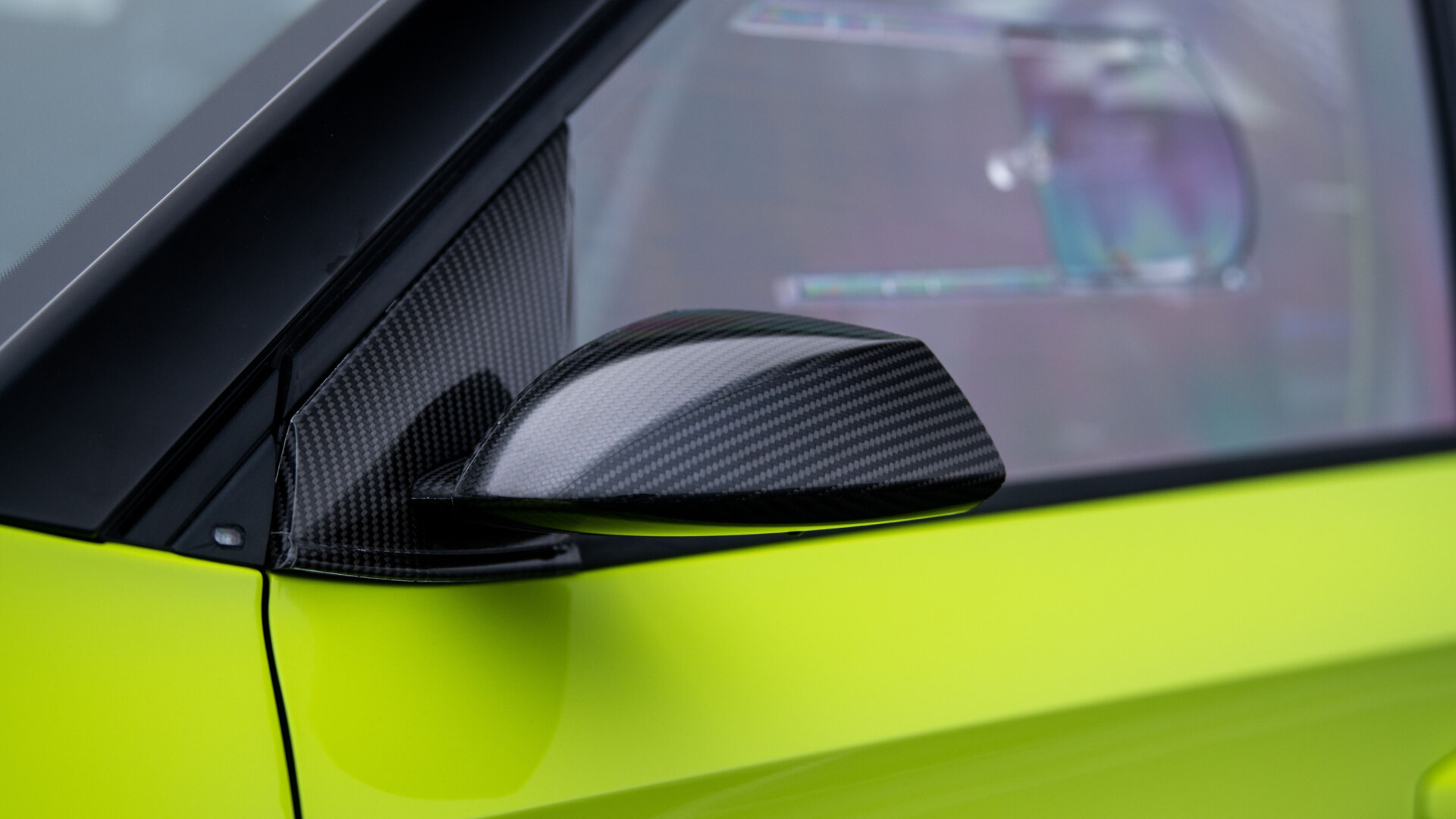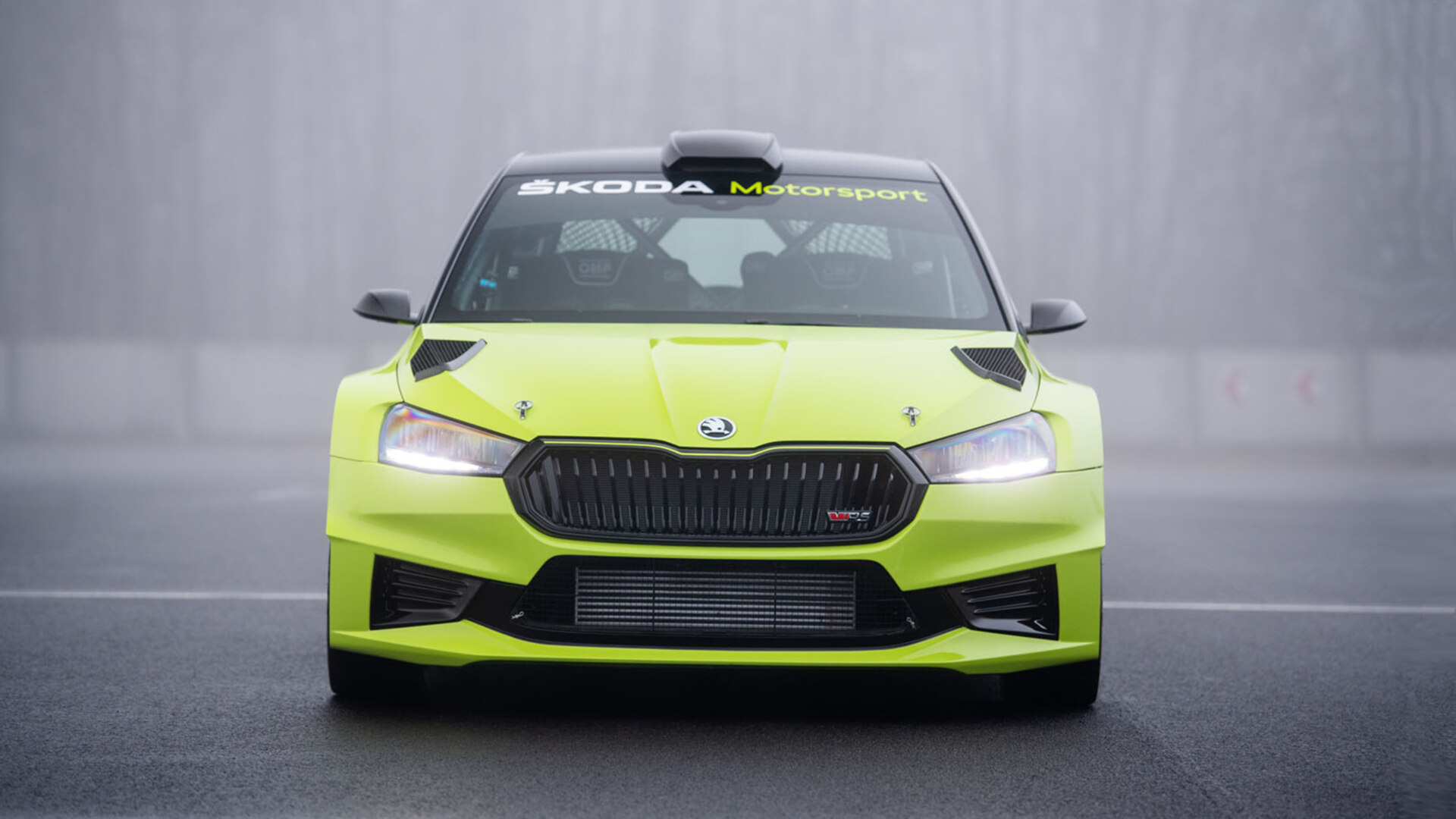Škoda Fabia RS Rally2 is a carefully developed rally special based on the fourth generation of the vastly popular Fabia. How much does this rally car have in common with the serial car? Explore it with us.
One of the biggest differences between the two cars is, obviously, the price. While the serial Škoda Fabia is currently the most affordable model in Škoda's offer, the RS Rally2 competition version costs more than ten times. This makes it, by a wide margin, the most expensive car in the Škoda´s selection. Still, the two Fabias have something in common.




Undeniable common origin
These two will not, and clearly cannot, deny their common origin. The clear similarity of the two cars starts with the same initial body, which is confirmed by Aleš Rada, Head of Racing Car Technology at Škoda Motorsport. "The rules for our rally car category are clear and require that the body of a race car be identical to that of a serial car. The only exception is the ability to expand the car using fenders and bumpers. We can work with spoilers and we can build an all-wheel drive tunnel into the floor." The body of the serial Fabia has several important advantages for competitive use. First of all, it is stiff, which puts both cars at the top in safety in their category. The second advantage is the longer wheelbase compared to the previous generation, which allowed for better balance and centre of gravity during the development of the rally car.
Another area in which the rally version could build on the great foundations of the serial model is its first-class aerodynamics. The air vents in the front bumper, which calm the flow around the front wheels, have been retained in the rally car. In addition, the developers worked on the shape of the roof ventilation, which improved the down force generated by the rear wing. This, of course, is significantly larger than the spoiler of a serial car. The shape of the rear-view mirrors is also different, and the hood along with the fifth door is held by the mandatory locks. Instead of retractable windows, the competition special has fixed polycarbonate windows with hinged ventilation.
The biggest difference is in the interior
On the outside, the affinity between the rally car and the serial car is considerable, but inside they form two completely different worlds. The interior of the rally car is dominated by a robust safety frame. By the way, it has been improved since the previous generation to further increase the protection of the crew in a side impact. The Monte Carlo sports seats with their distinctive lateral support and integrated headrest have been replaced by racing shells with six-point seat belts. The instrumentation, the position of the handbrake lever or the pedal assembly also differ substantially. However, some details have been preserved, such as the door handle or the logo on the steering wheel. By the way, this also has one very important function – you can start the rally car with it.

Škoda Fabia RS Rally2

Škoda Fabia
The engine originates in Octavia, yet the chassis is purely competitive
There are also significant differences in the powertrain. "All the chassis parts come entirely from our development, they have nothing to do with the serial version," says Aleš Rada. The front and rear axles of a competition car must be McPherson type. The serial version has such an axle only at the front; the rear is a crank axle with trailing arms. Both axles are also fitted with massive brakes with internal cooling and multi-piston callipers.
Škoda Motorsport's own development comes with its five-speed sequential gearbox. The top-of-the-range version of the production Škoda Fabia Monte Carlo 1.5 TSI (110 kW) is equipped with a seven-speed DSG automatic gearbox, giving it a higher top speed than the competition special. On the other hand, the Fabia RS Rally2 with its turbocharged 1.6-litre engine, all-wheel drive and 214 kW of power is much better at acceleration.
Interested in more information? Read the article on Škoda Storyboard or the interview with Aleš Rada.













